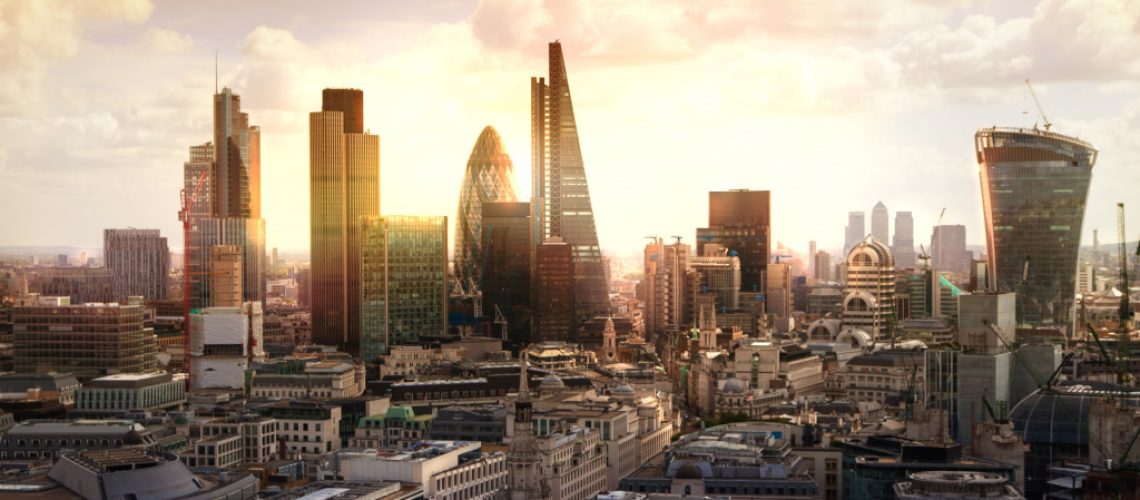Usually, when people think of London, they immediately zoomed in on one of the prime cities in the UK. In reality, it is only a part of Greater London, which covers other towns. One of these is Stratford.
Ever since 2012, when it hosted the London Olympics, the town has enjoyed major gains. First, the growing number of Stratford estate agents is a strong indication of the flourishing housing market.
Per industry data, the average price of a Stratford home reached almost £295,000 as of February 2021. That’s an increase of over 14 percent compared to 2014. Back then, a house in the area could already sell for no more than £255,000. Meanwhile, the average market value change rose to at least 9.5 percent.
More people also chose to live, work, and study here. According to the City Population information, the population estimate for Stratford and New Town was over 36,500. From 2011 to 2019, the number of residents grew by 9.2 percent. This means that at least 8,500 people live per square kilometer.
And if there are people, usually, businesses follow. Before the Olympic season, Stratford generated some major buzz when it opened what is now considered the largest shopping mall on the continent. The Westfield Stratford City is a sprawling 1.9 million-square-foot commercial center that houses at least 250 stores and over 70 restaurants.
But before it achieved these feats, Stratford experienced a period of growth and decline.
The Beginnings of Stratford
According to East London History, one of the earliest mentions of Stratford was in 1067. During this time, it was a small village that sat close to River Lea’s crossing. But its name came from being a ford near a Roman road that connected Colchester, now a historic market town in south-east England, to London.
Then, in 1135, the Langthorne Abbey appeared. The monastery came about when a man named William de Montfichet released a charter on 25 July that gave the monks plenty of properties to work on. These include two mills near Stratford’s causeway, 11 acres of meadow, and Buckhurst wood.
These provisions came at the right time. With these, the abbey became a self-sufficient community. It built a lot of farm buildings in the area. The workshops could shear, weave, tan hides, and even brew. It didn’t take long before it became one of the richest religious houses in the country, especially after getting grants for more lands in Essex.
The expansion benefited Stratford, which was already an agricultural area. In fact, the town’s name changed to Stratford Langthorne to distinguish it from another Stratford on the other side of the river.
The Industrial Era

Despite the success of the abbey, it eventually shut down because of a series of unfortunate events. In the 1480s, those who joined the Peasants’ Revolt ransacked it. Then when King Henry VIII sat on the throne, one of his rules was to dissolve all monasteries.
Stratford remained an agricultural country until the nineteenth century, when industrialism reached the area. Although the town became famous for having a porcelain factory, it was the railway system that provided significant employment.
Stratford had its own railway station in 1839, and over time, there appeared facilities that produced coaches, wagons, and locomotives. A few years after, the Metropolitan Building Act drove away noxious industries outside of London.
Because Stratford was the most accessible and offered resources like water connections, it became the home of more distilleries, mills, and even coal and oil processing plants.
All these led to more people settling here and the increased demand for housing. Other supporting establishments like government offices, entertainment centers, and shops were also built.
The Decline and Ascent
The twentieth century was hard for Stratford. First, there was already a major economic decline in the country. In the 1930s, the Great Depression didn’t spare England, hitting its core industries like manufacturing and shipbuilding. It left at least three million jobless.
Then World War II happened. The post-war recovery initially started with massive debt.
It didn’t help that the London Docks shut down in the 1960s. The ships were getting bigger, and the shallow waters in the area could no longer accommodate them. This left more people without jobs, and they eventually decided to move away from Stratford.
From this point until the 1980s, the town experienced some of the highest unemployment rates. It also felt less suitable for comfortable living, especially since air quality was also getting poorer.
The saving grace was urban regeneration that started from 1981 to 1998. This paved the way for Stratford to host the Olympics, which further boosted its value in the community. Since then, it was all about rebirth.





